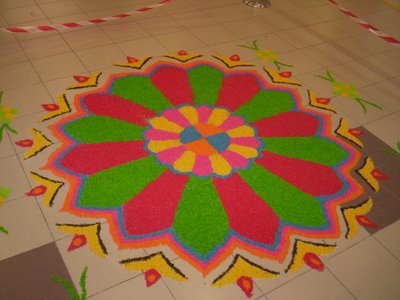 KOLAM
KOLAMDeepavali (I think in England it is referred to as Divali) or the Festival of Lights will be held this Saturday and my Indian friends and colleagues who are of the Hindu faith will be celebrating it. This year Deepavali falls on a date very near to that of Hari Raya Aidil Fitri which will be celebrated by the Muslims in Malaysia. So everywhere one goes, there will be decorations for the two festivals.
Last Saturday, I saw this beautiful Kolam done at the entrance of Giant Hypermarket. Here in this post I'd like to talk about the Kolam. Kolam (in Tamil) is a decorative design drawn using rice powder usually by female members of the family in front of their home, especially near the threshold. A Kolam is a sort of painted prayer -- a line drawing composed of curved loops, drawn around a grid pattern of dots. They are generally symmetric.
Kolams are thought to bestow prosperity to the homes. For special occasions limestone and red brick powder to contrast are also used. Though kolams are usually done with dry rice flour, for longevity, dilute rice paste or even paints are also used. Modern interpretations have accommodated chalk, and the latest "technology" in kolams are actually vinyl stickers (that defeat the original purpose).
Decoration was not the sole purpose of a Kolam. In olden days, kolams used to be drawn in coarse rice flour, so that the ants don't have to work so hard for a meal. The rice powder is said to invite birds and other small critters to eat it, thus inviting other beings into one's home and everyday life: a daily tribute to harmonious co-existence. Not to be underestimated is the benefits for the artist to bend down each morning - it is said to help her digestive system, reproductive organs and to help overall stretching of the body. It is a sign of invitation to welcome all into the home, not the least of whom is Goddess Lakshmi, the Goddess of prosperity. The patterns range between geometric and mathematical line drawings around a matrix of dots to free form art work and closed shapes. To know more about Kolam please log on to : http://en.wikipedia.org/wiki/Kolam



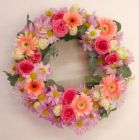
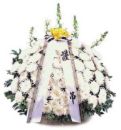

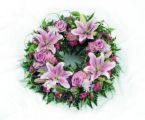

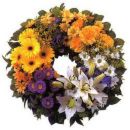
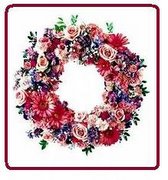

No comments:
Post a Comment